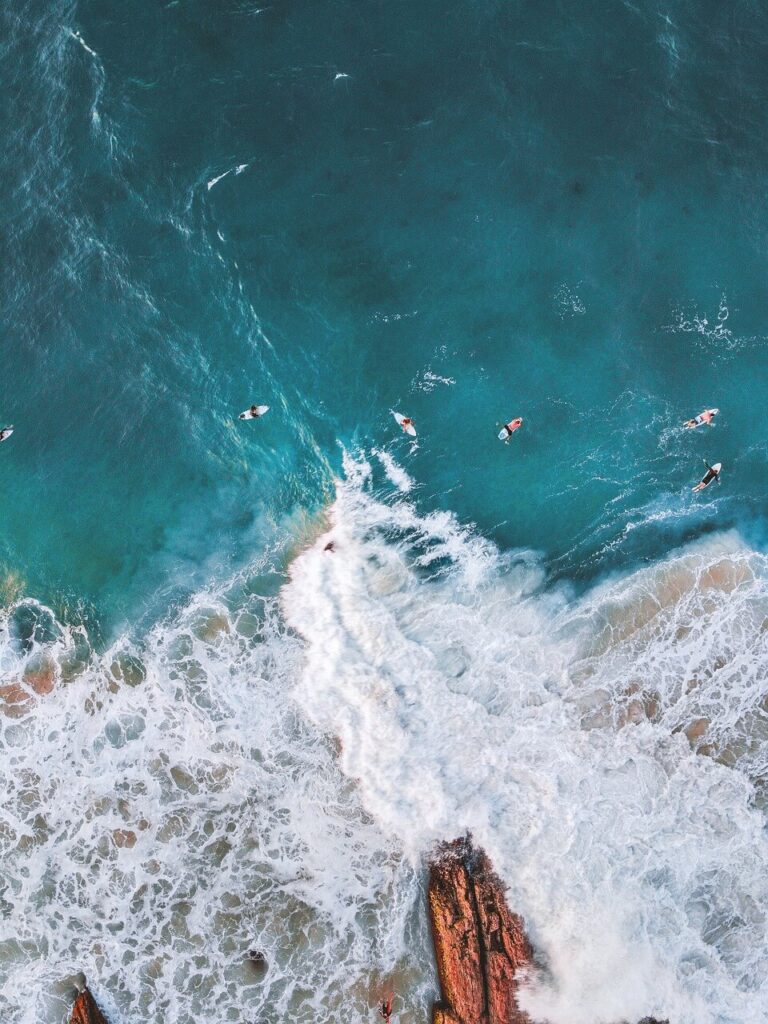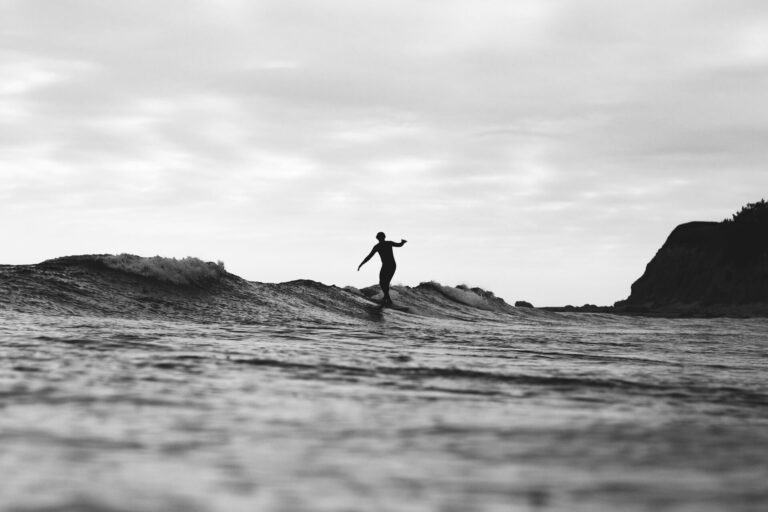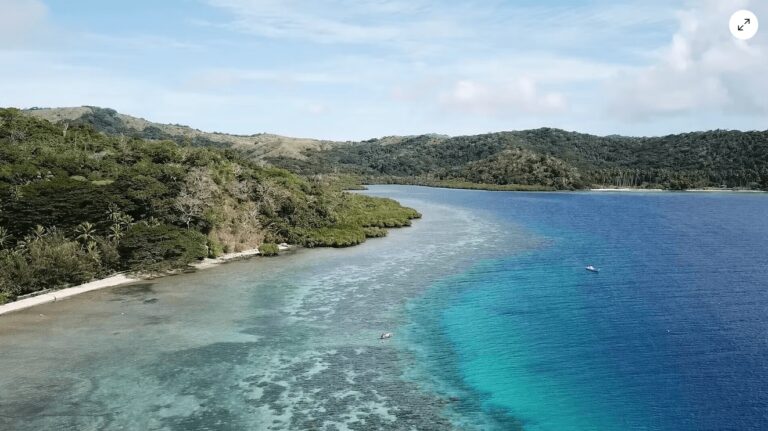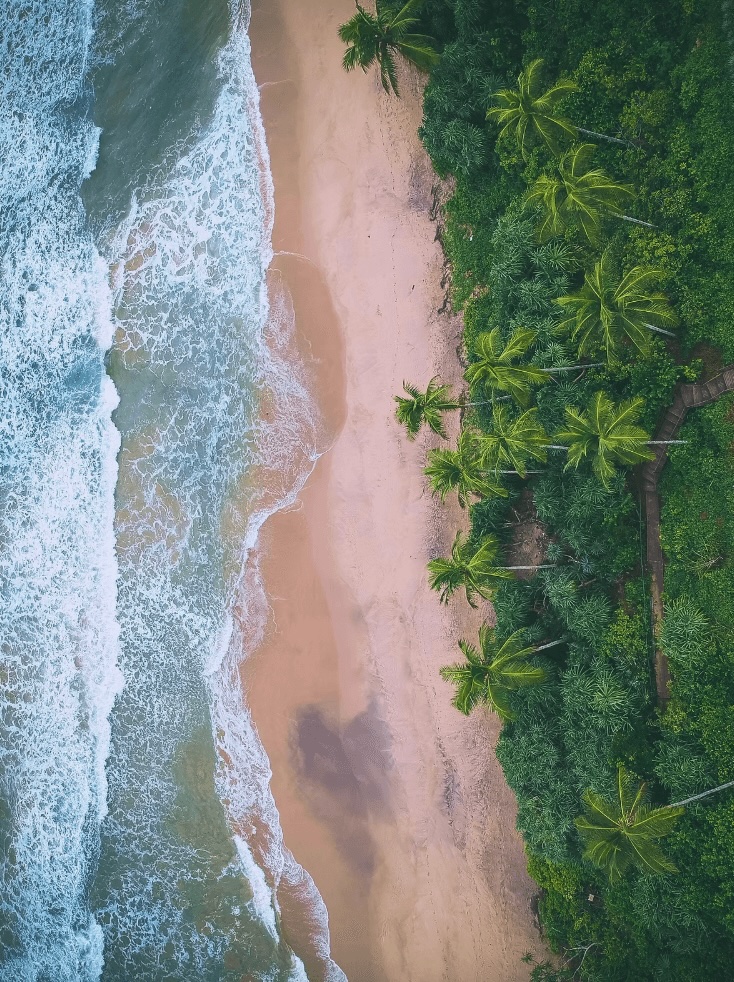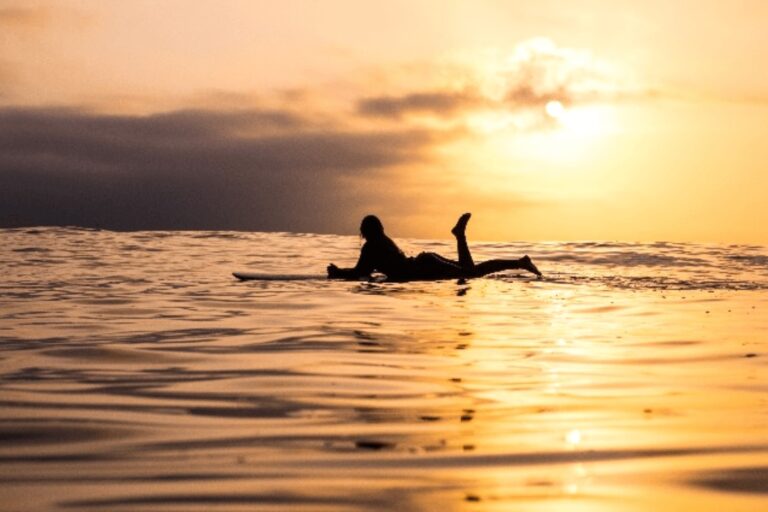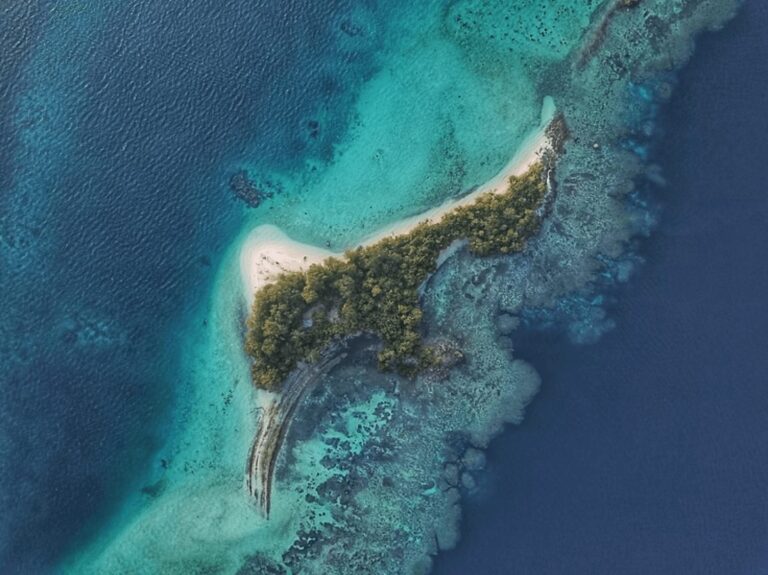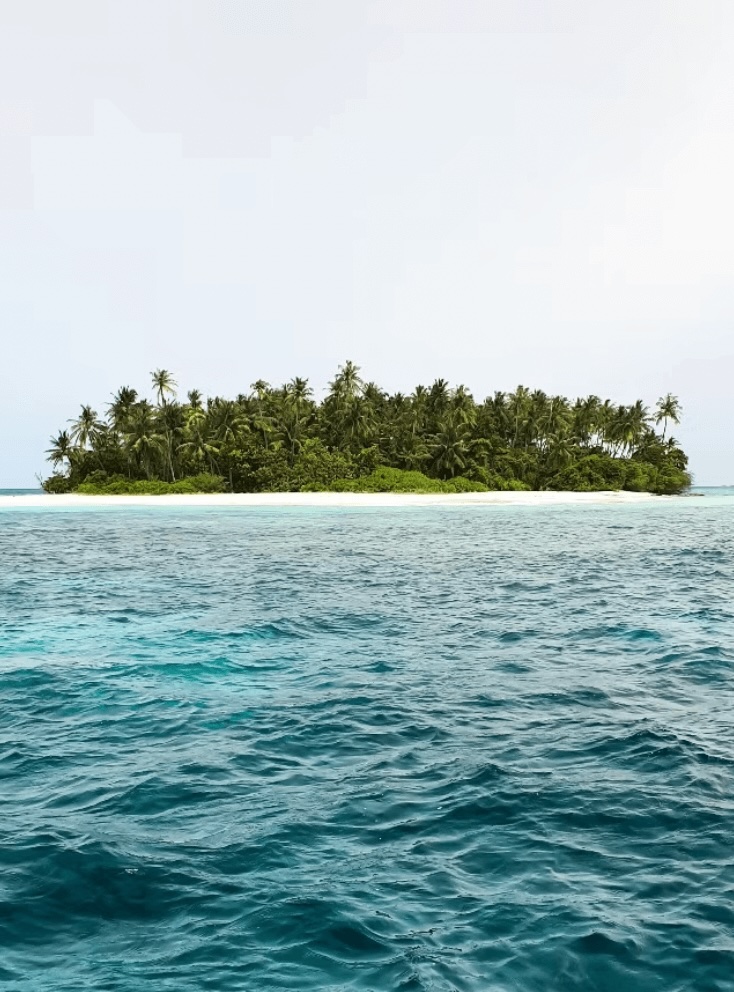Eco-Friendly Surfer’s Packing List for a Sustainable Surf Trip
Wondering what to pack for a sustainable surf trip? Discover everything you need to bring (and what you can leave behind) in this essential surfers’ packing list.
When prepping for any surf vacation, it’s easy to just focus on boards – how many and how you’re going to get them there.
But there are so many other pieces of equipment, clothing and accessories that you need to consider, particularly if you’re heading to a remote surf camp or on a liveaboard trip.
In either of these situations, there may not be stores where you can pick up forgotten supplies. This is why nailing your packing list for a surf trip is so important.
As surfers, we have an obligation to help preserve our ocean playground, which is why sustainability should be at the forefront of our purchasing decisions.
When planning a surfers’ packing list, always consider the most eco-friendly options available, particularly if you need to go out and buy something brand new.
Look for gear and accessories with non-toxic ingredients and think about ways you can reduce waste during your trip.
In this surfers’ packing list for a sustainable surf trip, we’re encouraging you to rethink what you need for the ultimate surf adventure and help minimise your footprint.
Looking for easy ways to be an eco-conscious surfer? Check out our detailed article here.
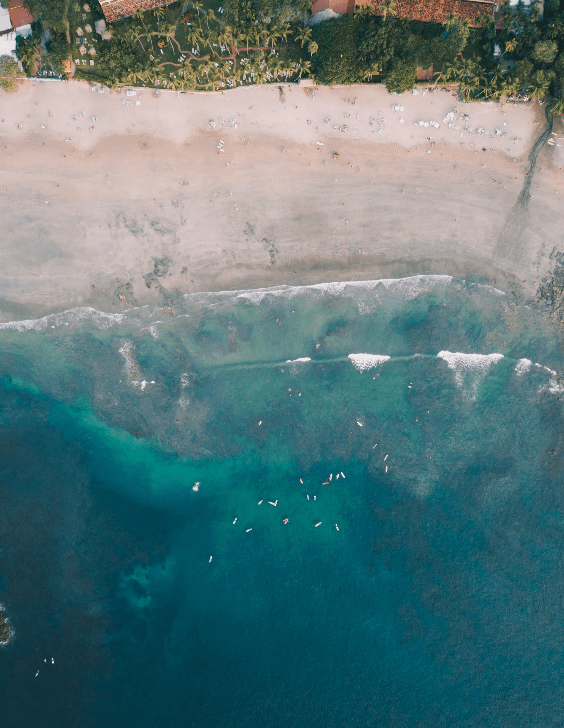
Disclosure: This article contains affiliate links, meaning we earn a small commission when you make a purchase. Affiliate links cost you nothing and ensure our content stays free!
Before getting started, there are a few things you need to keep in mind as you plan your packing list for a sustainable surf trip:
Weather conditions
When planning any surf trip, it’s important to research the weather and water conditions at your destination. It goes without saying that these can significantly affect what you pack.
If you’re going to be surfing in a cold climate, you’ll need to pack accordingly to ensure you stay warm both in and out of the water.
A wind-proof jacket and beanie can provide valuable insulation when you’re out on the boats. They’ll help to shield you from the biting winds as you get to and from the breaks.
But more importantly, you’ll need a thick wetsuit to help maintain your core temperature. This will allow you to stay out in the surf for extended periods.
On the other hand, if you’re visiting a tropical surf destination, you’ll want to pack a much thinner wetsuit or simply a rash vest and board shorts. If you’re not sure, check the average water temperatures at your destination or ask the resort/camp directly.
When it comes to clothing, opt for lightweight, breathable pieces (ideally made from sustainable fibres) and don’t forget the all-important sun protection.

To rent or bring your own board
One of the biggest decisions you have to make in the lead-up to any surf trip is whether to bring your own surfboard on a trip or to rent one at your destination.
If you’re riding your own board, you’ll know exactly what to expect and how it performs. This can be a major advantage, especially if you’re travelling to unfamiliar breaks.
And since you won’t have to waste time finding a rental, you can hit the waves as soon as you arrive or early in the morning before the rental stores open.
Depending on airline excess baggage fees, bringing your own board might end up being cheaper than renting, especially for longer trips. For shorter stays, the daily rental rate could be less than the cost of flying abroad with your board.
Do your research to figure out what’s economically best for you.
On the other hand, renting a board means you don’t have to lug around an awkward item or worry about it getting damaged/lost in transit. To avoid damage, you can wrap your board in bubble wrap or pad your bag out with clothing around the nose and tail.
Renting is usually preferable if you’re combining your surf trip with other land-based adventures. Finding taxis or using public transport with a surfboard in tow is not the easiest!
If the conditions at your destination aren’t well-suited to the boards you bring, you may find yourself struggling to perform. Renting gives you the flexibility to try out different shapes and sizes to find the right match for the local waves.
The downside is the uncertainty of rental board quality and availability. Some surf destinations have a really limited selection and they’re often of average quality.
Ultimately, it’s a trade-off between the familiarity and potential cost-savings of your own equipment, versus the convenience and adaptability of renting. It’s a decision that depends on the specifics of your trip and personal preferences.
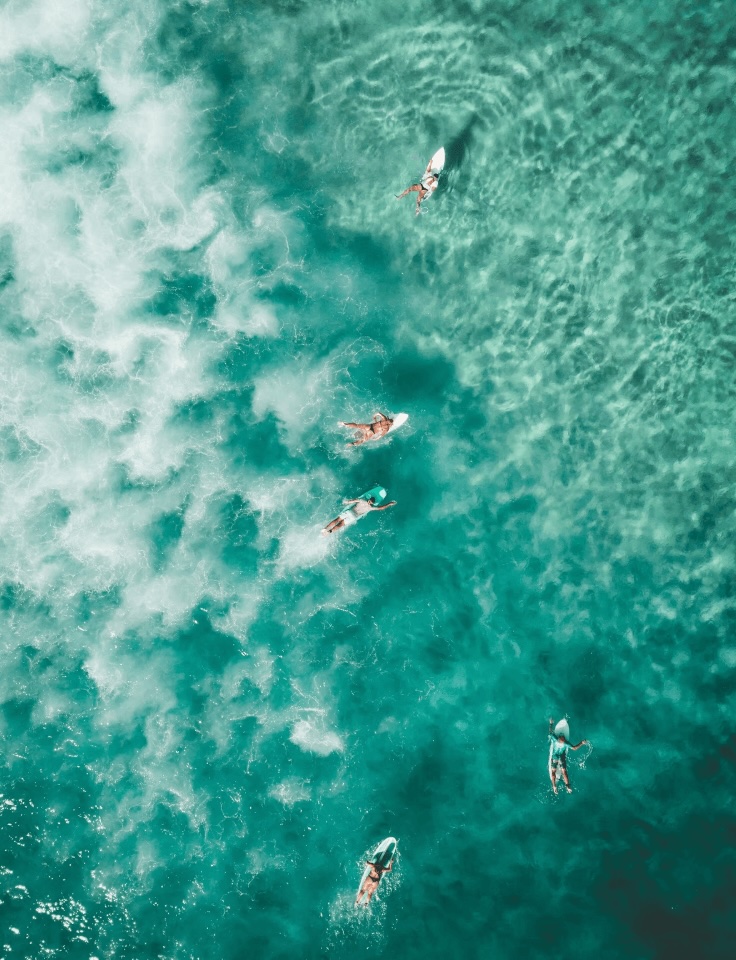
Land-based activities
While the primary focus of your trip may be surfing, chances are there will be land-based activities for lay days.
These are great opportunities to immerse yourself in the local culture and explore the surrounding environment, which can be just as rewarding as the surf itself.
Land-based activities could include everything from village visits to hiking trips and waterfall swims. Or you could get a different perspective on the ocean during scuba diving and snorkelling adventures.
To make the most of these opportunities, check the resort or surf camp offerings to understand the full scope of experiences available and pack any gear you might need. This could be comfortable walking shoes or clothing that’s respectful to local communities – sometimes a pair of shorts and a singlet just doesn’t cut it.
By planning ahead and leaving room in your luggage for these essential items, you can take advantage of everything the destination has to offer.
Eco-friendly surf packing list
Travel essentials
• Passport
• Travel insurance documents (we recommend Safety Wing)
• Reusable water bottle and/or water bottle filter
• Travel pillow for the plane
• Eye mask and ear plugs (in case you’re sharing a room)
• Laptop
• Phone
• Books/e-reader
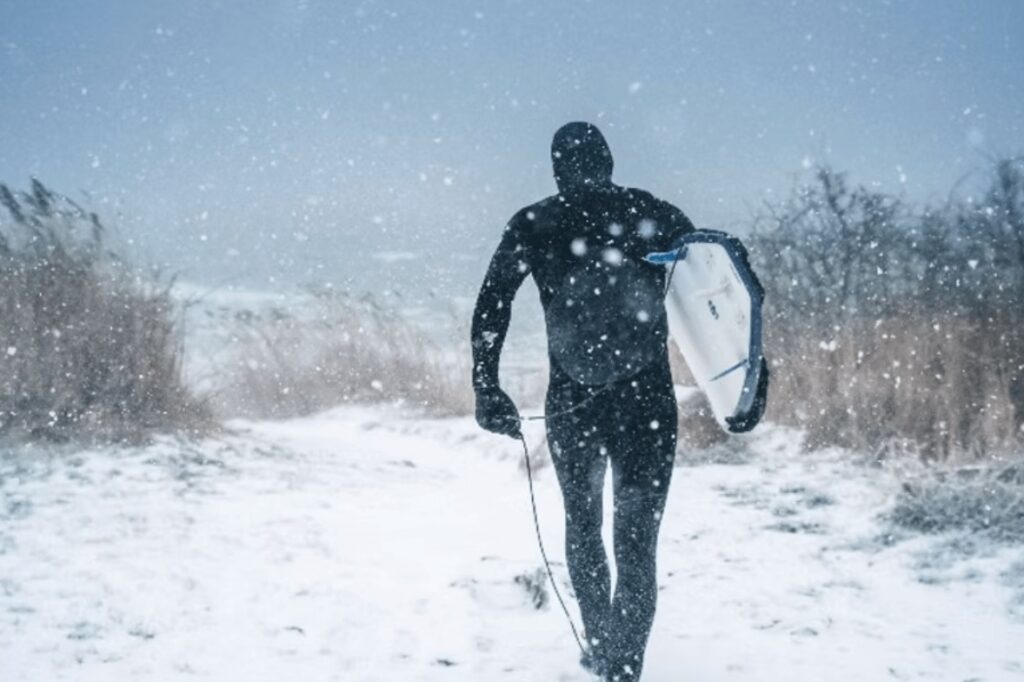
Surf gear
If you are bringing your own boards, two to three is usually ideal. One of those should be your absolute favourite and the workhorse of your quiver.
It’s wise to have one or two backup boards tailored for surfing different types of waves, just to ensure your bases are covered.
For instance, you may want a slightly larger board for those days when the swell is pumping and you need a little extra volume and flotation. Conversely, a smaller, more maneuverable board can be ideal for glassier, more technical conditions.
And with the unpredictability of surf travel, where boards can get damaged or lost, having that backup board in your quiver can be a lifesaver.
• Surfboards
• Leashes
• Extra fins and fin key
Clothing
When it comes to packing for a surf trip, it’s best to go easy on the clothing. Our advice is to focus on versatile, functional pieces that can serve multiple purposes.
This is particularly true if you’re already travelling with boards and have maxed out your baggage weight limits.
In tropical destinations, you won’t need much more than a few lightweight layers to throw over your boardies or swimsuit.
If you can, choose sustainable, eco-friendly fabrics that will break down naturally when they’re done being used. And try not to buy from stores that encourage fast fashion, which is disastrous for our planet.
Remember, a surf trip is not about being trendy. Most surf camps, resorts and liveaboards have a really laid-back atmosphere and a casual “dress code”.
Chances are, everything you need will already be in your wardrobe or can be purchased affordably at thrift stores.
• Flip flops
• Broad-rimmed hat
• Sunglasses
• Singlets/t-shirts
• Shorts/pants
• Warm layers/beanies/gloves (cold environments)
• Sarong
• Underwear
• Good walking shoes and socks
• Bathers/swimwear
• Sleepwear
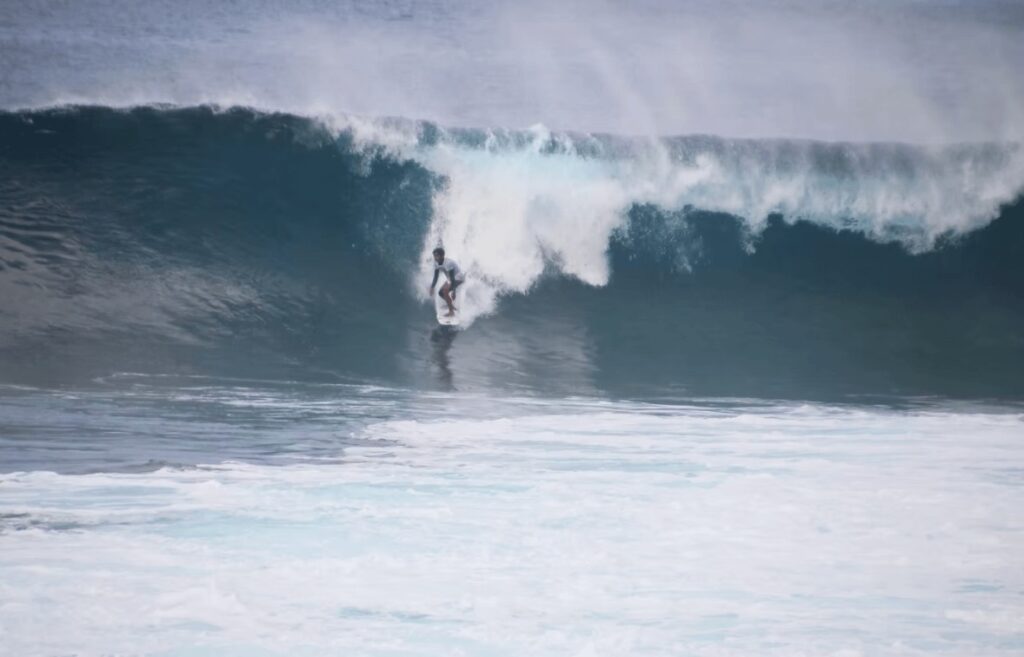
Health and wellbeing
Surf trips often take place in far-flung, isolated locations where accessing a pharmacy or medical care can be extremely difficult, if not impossible.
It’s crucial to plan ahead and ensure you have an ample supply of prescription medications, as well as any over-the-counter remedies you may require. This could include anything from motion sickness pills and antihistamines to pain relievers.
In tropical surf destinations, it’s also a good idea to bring your own first-aid kit. This should include antiseptic creams to deal with cleaning and disinfecting reef cuts.
Pawpaw cream can also be a godsend for soothing painful abrasions while tweezers will help you extract any pesky splinters from urchin spines.
After long sessions out in the water, tiger balm or a similar salve will provide much-needed relief from muscle soreness.
• Prescription medications
• Paracetamol/ibuprofen
• High-SPF reef-safe sunscreen + zinc
• Sea-sickness medication (if you’re on a liveaboard)
• Eco-friendly insect repellent
• Chemical-free toiletries (bar shampoos/conditioners are great eco-friendly options)
• Hand sanitiser
• Personal care items for women
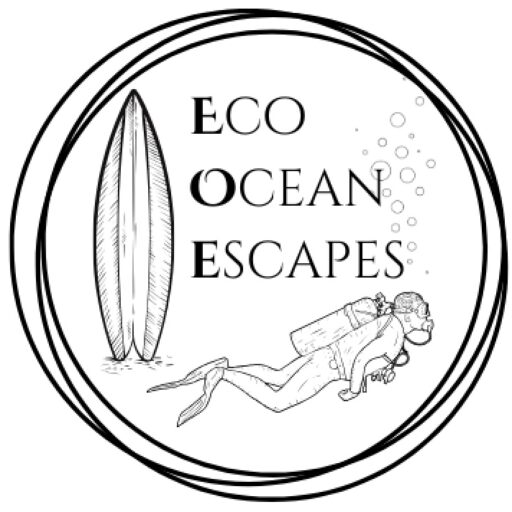
PLAN YOUR TRIP WITH OUR FAVOURITE RESOURCES:
Find hotels and resorts via Booking or Agoda
Book tours and experiences via Viator or GetYourGuide
Find a rental car via Discover Cars
Book flights via Kiwi or Booking
Search for buses and trains via 12Go or Omio
Get travel insurance via SafetyWing
Buy a digital eSIM with Airalo
By purchasing through our links, you’ll be supporting our website at no additional cost to you
About the authors
We are a team of passionate divers and surfers with decades of combined experience in the water and travelling to all corners of the globe. After years of chasing waves and descending into the deep blue, we’ve created this resource to highlight sustainably run surf camps, eco-friendly dive resorts and conservation-focused ocean trips to help inspire your next adventure.
Eco Ocean Escapes was born out of a love of the ocean, an obsession with travel and a concern about the impacts of our adventures on the environments we explore. Despite the benefits that surf and dive tourism can bring to local communities, we recognised that ocean-based adventures are not always managed in a sustainable manner.
Through our articles, we hope to inspire those seeking a responsible surf or dive trip that is all about supporting local communities, preserving our coastal environments and the incredible marine species that inhabit our oceans.
-
Sustainable Surf Tourism and Respecting Local Communities
Surf tourism has exploded over the last two decades. With travel becoming more accessible and social media exposing hidden spots, once-remote breaks in Indonesia, Central America, Morocco and the Pacific Islands are now iconic stops on global surf circuits. While surf travel brings income, jobs and global attention to coastal towns, it can also disrupt…
-
Inspiring Citizen Science Projects for Surfers + How to Get Involved
As surfers, we are intimately connected to the ocean – its rhythms, its wildlife and its health. Because of this relationship, many of us are looking for meaningful ways to protect the marine environments we love. One of the simplest and most impactful ways we can do this is by joining citizen science projects. These…
-
Understanding Marine Protected Areas (MPAs): Why divers should care
If you’ve spent time underwater (as a diver or snorkeller), you’ve probably noticed something: not all sites are beacons of health. Some reefs appear vibrant and full of life, while others show signs of stress – broken coral, few fish or algae-covered rocks. One of the biggest factors shaping the health of our oceans is…
-
Costa Rica: Best Marine Parks for Scuba Divers + Eco Dive Resorts
Costa Rica is a paradise for eco-conscious travellers and underwater explorers are no exception. With its healthy coral reefs, pelagic-rich waters and some of the most progressive environmental policies in the world, the country is a dream destination for those who want to dive responsibly. We’ve been lucky enough to visit Costa Rica several times…
-
Eco-Diving: Best Destinations for Sustainable Scuba Travel
As humans inspired by the underwater world, there is plenty of incentive to protect our coral reefs. Here at EcoOceanEscapes, we want to do our bit to save endangered marine species and keep our oceans free of trash. One impactful action we can all take is to choose sustainable diving destinations. These are nations (or…
-
Eco-Friendly Diving: How to Be a Sustainable Scuba Advocate
Understand the environmental impacts of diving and sustainable scuba practices in this comprehensive guide to eco-friendly diving. Any diver will tell you that being underwater is an incredible experience. It’s a world that not everyone has the opportunity to explore and the encounters we have with marine creatures can be life-changing. Watching manta rays soar…

We are a team of passionate divers and surfers with decades of combined experience in the water and travelling to all corners of the globe.
After years of chasing waves and descending into the deep blue, we’ve created this resource to highlight sustainable surf camps, eco-dive resorts and conservation-focused ocean trips to help inspire your next adventure.
Eco Ocean Escapes was born out of a love of the ocean, an obsession with travel and a concern about the impacts of our adventures on the environments we explore.
